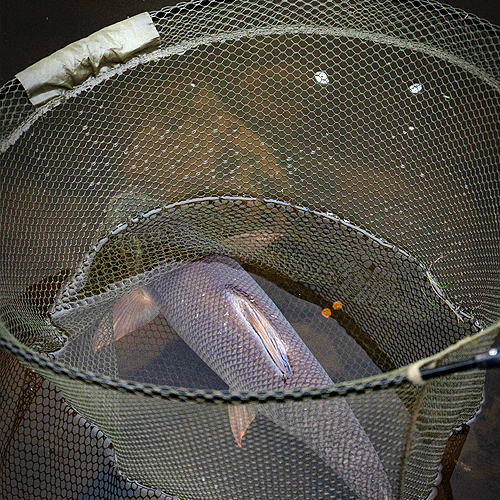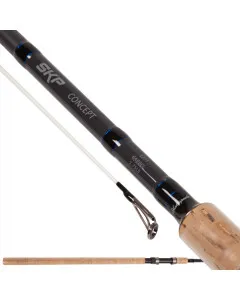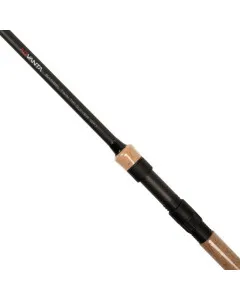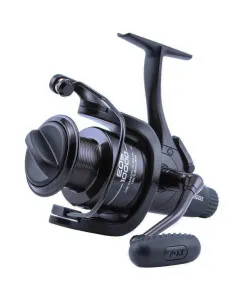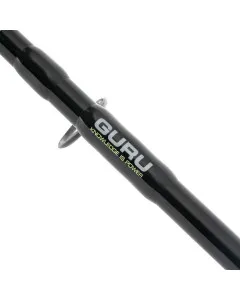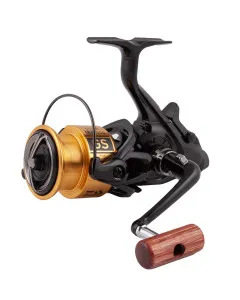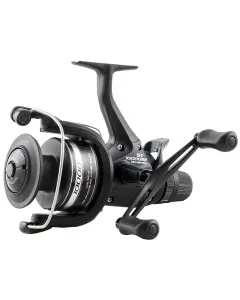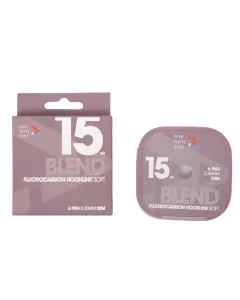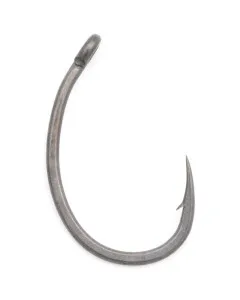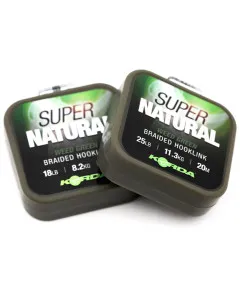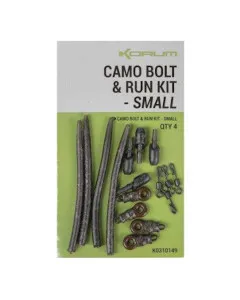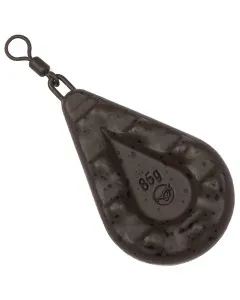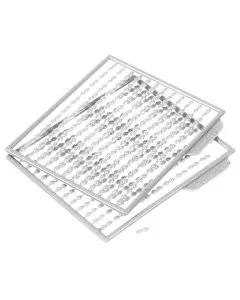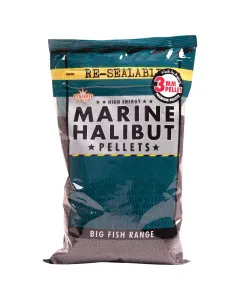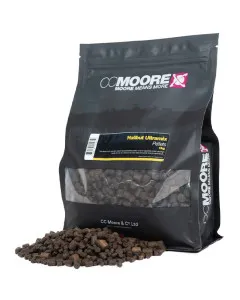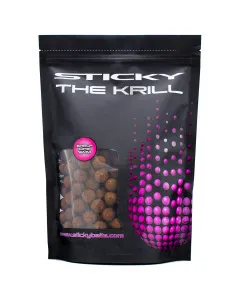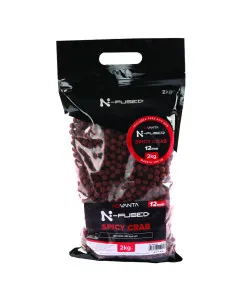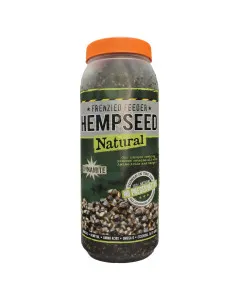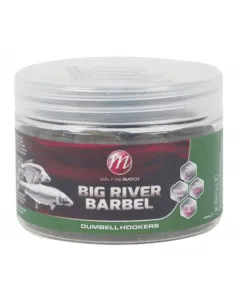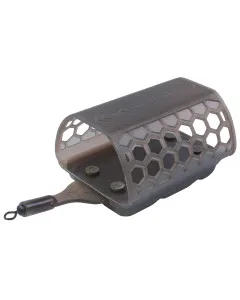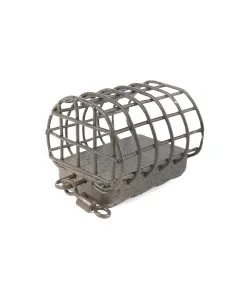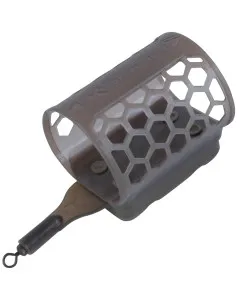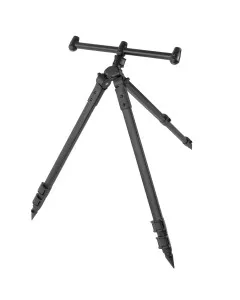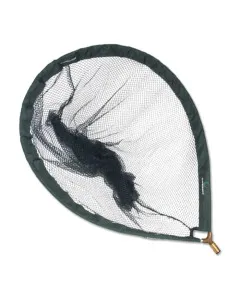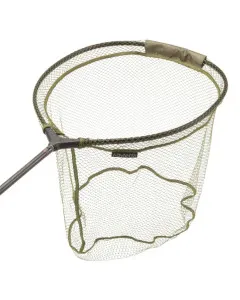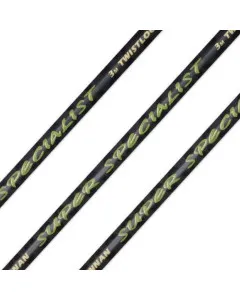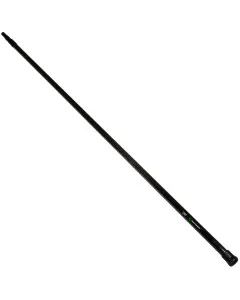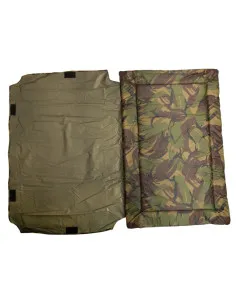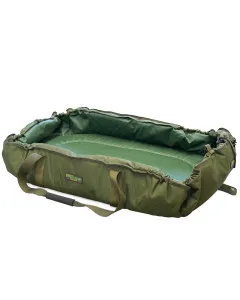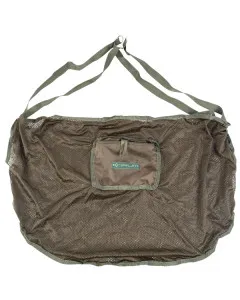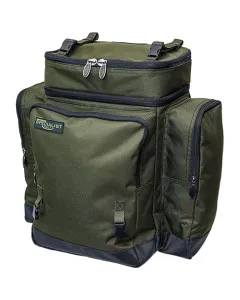How To Fish For Barbel!
This entry was posted on by Guest Writer
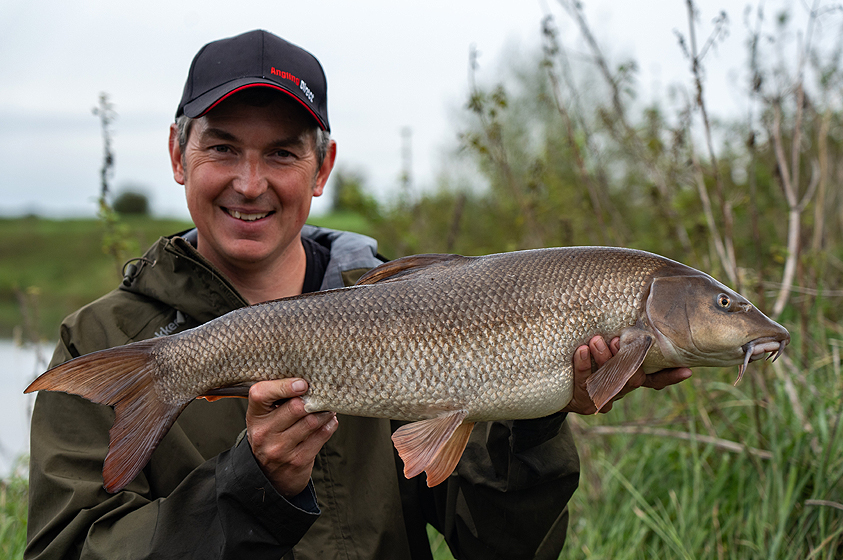
With the river season finally here, and with the rivers in top condition after some typical late Spring/Summer rain, there is no better time to get out on the river fishing for some barbel. The Barbel is a favourite of many anglers and although they can be challenging to catch at time, the incredibly fight they give makes the wait worthwhile.
In this weeks AD Blog, we outline how to fish for this amazing species with several tips & tricks to help you catch more barbel on the rivers.
Choose The Right Location
As with all styles of fishing, the biggest key to success in barbel fishing is fishing the right spot. Rivers offer several different features along their lengths from meandering bends, deep holes, weir pools, overhanging trees and shallow fast flowing runs, which can make it confusing when choosing the spot with the best chances.
In standard river conditions, Barbel love to sit in the flow, so try and find a spot on the river where there is a constant steady flow, such as a run downstream of a weir pool or on a shallow gravelly run. Whereas, on a flooded river you want to have a look for slacker areas of the river just out on the main flow on the river.
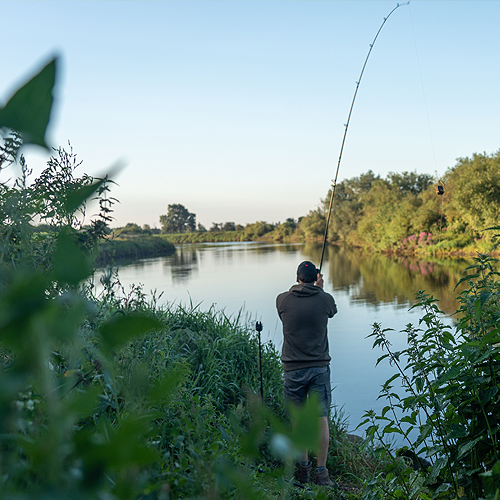

A Strong & Reliable Set Up Is A Must!
Barbel are well know for their fighting capabilities, and with their torpedo shape, it is easy to see why. Therefore, strong and reliable tackle is a must, as they will test your tackle to the limit and any weak points will be quickly exposed!
Barbel Fishing Rods are typically anywhere between a 1.5lb and 2.25lb test curve, and resemble lighter versions of carp rods, as they have tremendous power in the butt section, so you are able to stop a barbels powerful runs, especially when fishing near snags.
For Barbel Fishing Reels, you need to choose a reel with good gearing as barbel like to shoot off on long powerful runs, so you need to make sure that your reel is up to the task. Furthermore, as a barbel bite is characteristically known as a "3 foot twitch", it can be a wise choice to use a small 5000/6000 free spool reel for barbel fishing, so you can be safe knowing that your fishing rod will not be pulled in on the bite!
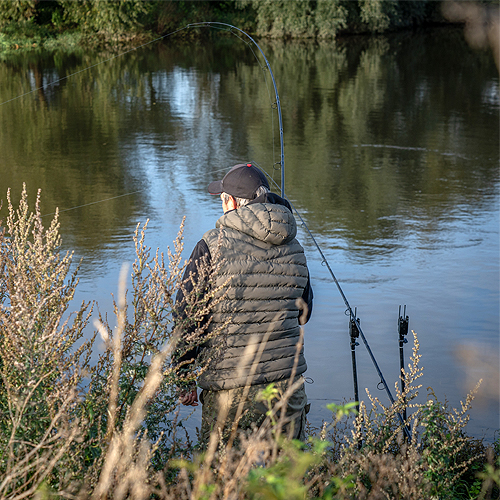

Barbel Fishing Rods & Reels
Get on the Barbel Combi Rig
Hair Rigging is a great approach when barbel fishing, and one rig that is an favourite of our resident barbel expert Phil Spinks is the Barbel Combi Rig. A rig that Phil has used on a wide range of rivers for both big and small barbel, the main advantage of this rig is that it allows barbel to pick up your hookbait with little resistance until it is too late! Another advantage of this rig is it allows you change your hook sections quickly and easy, without the need to tie long flourocarbon booms everytime. Great when you need to change hookbaits or scale up/down your hooklink.
Want to give this Barbel Combi Rig a go? Check out our ADTV Quickbite - Barbel Combi Rig video which shows you exactly how to tie this barbel fishing rig.
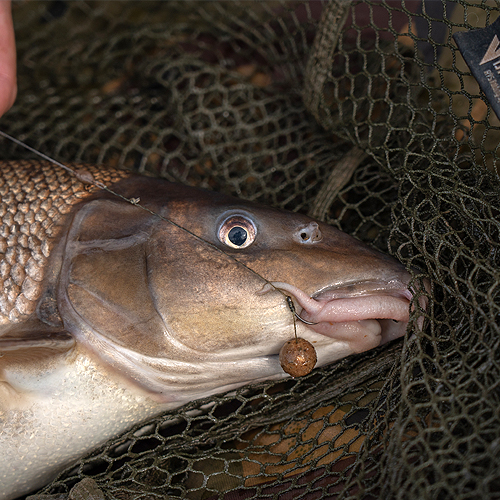

Try First & Last Light
As with all species of fish, there are times of the day where barbel feed more confidently. With summer rivers typically running low and clear, you find barbel feed best when the sun is not high in the sky, as they don't want to show up to any possible predators. So it can be best to target either early in the morning or the last few hours of daylight for some great barbel fishing action.
When the river is running coloured, this catching window is normally much larger, with the coloured water giving barbel much more confidence to feed throughout the day. However, don't discount late in the evening even in these conditions, as many a big barbel has been caught at this critical time.
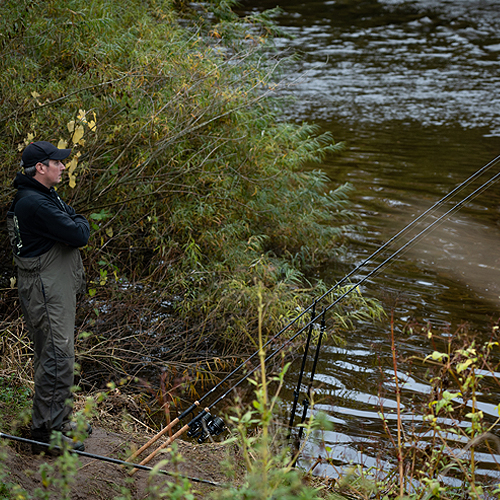

Pellets & Boilies Are Always a Safe Bet
Barbel have been know to love several different types of fishing bait and although they can be caught on baits such as maggots, casters and luncheon meat, if you need to rely on one bait for barbel no matter the conditions then you will not go far wrong with pellets & boilies.
Normally associated with carp fishing, barbel have developed a love of high oil pellets such as halibut boilies and pellets in recent years. Furthermore, as they are slow breakdown with a tough outer skin, they will also reduce the number of nuisance fish, ensuring you can exclusively target barbel.
For pellets, try and use smaller 3 & 4mm pellets as feed with anything from an 8mm pellet to a 14mm pellet being the perfect hook bait. For boilies, try and pick a strong fishy or meaty flavour with a 12mm to 15mm size being a great starting point.
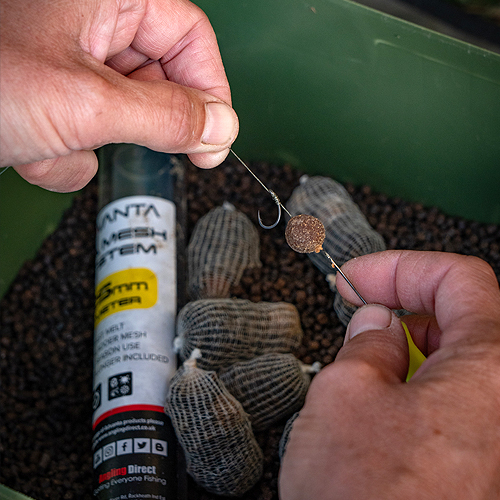

Never Discount The Feeder
Although a lot of barbel anglers have had tremedous success with fishing a simple lead set up, you can never discount the effectiveness of fishing a feeder for barbel. As it gives you a great way of introducing a range of different size particles into the swim, as you can pack the feeder full of particles such as hemp and pellets, whilst capping either end of the feeder with groundbait.
Packing your feeder in this way creates a 'time bomb' effect as your potent groundbait will break down first creating a scent trail in the flow to draw barbel into the swim, whereas the small particles will keep the barbel grazing over your fed area until they find your hook bait.
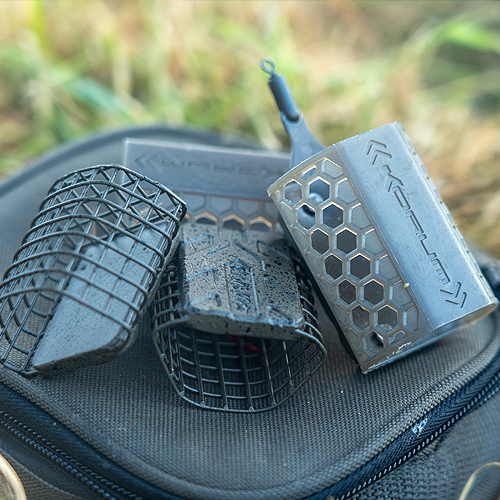

Try a Long Hooklink
A great tip for catching more Barbel on all rivers is to use a long hooklink of 5-6ft in length, even when using a feeder. The reason for why this is do devestating, is due to way barbel tend to feed, as they tend to sit a long way downstream of a baited area and rarely visit the baited area, rather waiting for small bits of bait to be picked up by the flow.
Therefore, by fishing a long hooklink, you are able to replicate this, as your hook bait will sit downstream of your fed area and it needs to be seen to believed how big a difference this can make to your barbel fishing.
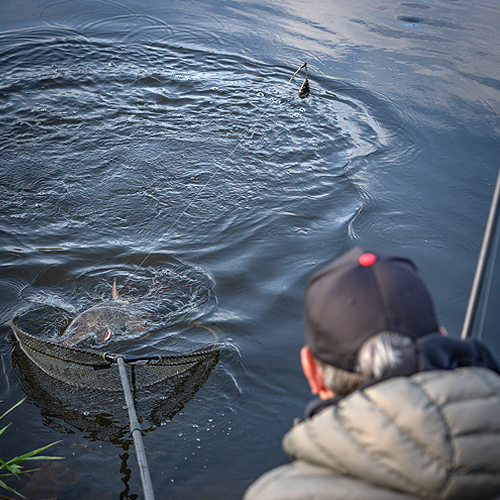

Barbel Fishing Essentials
-
-
-
Monthly Deal
-
-
-
-
-
-
-
Look After Your Catch
One important aspect of barbel fishing is making sure you look after your catch, as the Barbel is a very delicate fish, which gives everything when hooked. Therefore, try and have a well padded unhooking mat, to protect the fish from getting damaged on any steep river banks.
Furthermore, when returning a barbel, put it back in your landing net and try and allow the fish to recover, by pointing it in the flow so its head is pointing in the flow. When the fish is recovered, it will start to kick in the net, which is the best time to dip the rim of the landing net and allow your catch to return to the river, ready for the next time.
